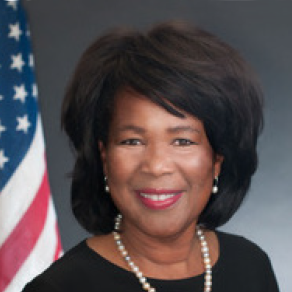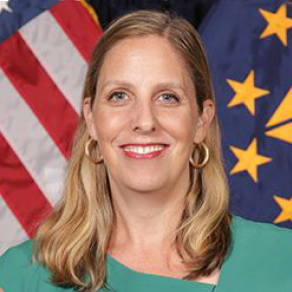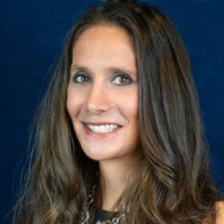
- This event has passed.
NAEP Scores: Behind and Beyond the Numbers

– Kathleen Porter-Magee, Superintendent, Partnership Schools
Hosted on his December 20, 2022, this GLR Learning Tuesdays webinar featured a special “director’s cut” of informative excerpts from a series of conversations that engaged national leaders who shared their insights and reflections on the 2022 NAEP data. While the 2022 NAEP scores confirmed significant learning losses for students nationwide, especially those students who had been struggling before the pandemic, the panelists shared the positive outliers among those scores in an effort to illuminate our path forward.
This session featured Commissioner Peggy Carr, Ph.D., Commissioner of the National Center for Education Statistics, Institute of Education Sciences, U.S. Department of Education, as she offered her insights on the 2022 NAEP scores, what they reveal about the impact of poverty, and the broad and long-term commitment that will be required in response. She noted: “Everybody has a role, one of the first things I think we need to do is to get parents and family and community on board and understanding this isn’t going to go just go away. This is a serious problem we have here that will impact students’ outcomes and their lives for years to come. We have to get a handle on this, and it’s going to take all of us doing it.”
One of the “bright spots” in the NAEP data was the success of Catholic schools, which either held the line or lost much less ground academically than either public or charter schools. Kathleen Porter-Magee of Partnership Schools, a network of urban Catholic schools in New York and Cleveland, shared how the network-wide curriculum and instructional model enabled network leaders to better support teachers and students during virtual learning. She stressed how the schools’ strong community and family connections helped them gain support as they made real-time decisions throughout the pandemic.
After these two leaders shared their insights, John Gomperts of CGLR moderated a conversation with a panel of distinguished education leaders representing the perspectives of rural and urban districts, charter schools and Department of Defense Education Activity schools. These panelists shared some of the key lessons from the pandemic while noting that they are still in the process of analyzing much of the data, but they see some early lessons emerging.
Raymond Hart, Ph.D., representing urban schools, shared that the impact on students living in poverty was significant, while also noting that in some urban areas reading scores in particular did not see as big of a drop. Tim Taylor and Heather Zellers, representing rural schools, shared many of the challenges that rural districts faced during the pandemic and continue to face, including staffing challenges and resource distribution of ARPA and ESSER funds. Christy Wolfe, representing public charter schools, shared some of the bright spots seen within charter schools, including reduced disparities for English language learners. Both rural schools and charter schools noted the ability to adjust more quickly to the pandemic. Taylor stressed the importance of having a strong instructional leader, such as a superintendent or principal, and the direct correlation to student outcomes. Beth Schiavino-Narvaez, Ed.D., shared the results from Department of Defense Education Activity schools, which outpaced the entire nation. Some of the elements contributing to these positive outcomes included rigorous curriculum, professional development, consistent leadership and the support of military leaders throughout the system.
“I think the real challenge coming out of the pandemic is how can we get our students who are in poverty the resources they need? What can we learn from the way we deployed devices so that even after the bell students could still connect and continue to learn, like many of their peers across the country. I think our real question as a country coming out of the pandemic is: How do we help our students and our families in poverty not only recover but grow? And that’s our primary focus.”
— Raymond C. Hart, Ph.D., Council of the Great City Schools
Panel








